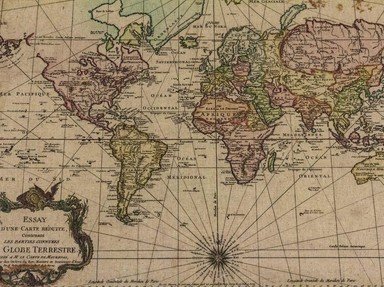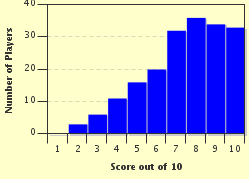Quiz Answer Key and Fun Facts
1. This piece of paper refers to the Greek colony of Parthenope, which is linked with the name 'Neopolis'; there are also various sketches of the area including a volcano of all things, and of Greco-style statues but these appear to be from the current city's museum. Where is this place?
2. In another paper with the Greek-sounding name of Tripolis prominent, sketches of cedar trees, biremes (Phoenician oared warships) and a sarcophagus (with a note indicating it was from a necropolis near Sidon) are about the extent of the clues.
There were at least five ancient Tripolis around owing their name to the Greeks. In which country would you find this Phoenician-connected Tripolis, known for its cedar wood?
3. Picking up one particular piece of paper, there were a few things that stood out: the name 'Ai-Khanoum' circled and linked to 'Alexandria on the Oxus' and 'Eucratidia' with question marks; sketches of double-humped camels, a flying squirrel and the Hindu Kush mountains; and the phrase 'Oxus river = Amu Darya'. There were also sketches of Hellenistic buildings such as a theatre and a palace, as well as some coin rubbings with the word 'Eucratides'. So we have a Greek city, a Bactrian camel and a Central Asian river. In which modern day country can you find evidence of this Greco-Bactrian city?
4. It is not surprising perhaps that there is a paper with Alexandria marked on it as Alexander the Great had a habit of naming cities after himself and these papers seem to have a Greek focus. Doodles of a lighthouse and scrolls of parchment are sparse clues. The sketcher has also posed the question: Alexander's tomb underwater? Bearing in mind that not all have survived and some have changed their name, the question is in which country is this Alexandria to be found?
5. In amongst the sketches of nameless ruined buildings, clues for this ancient site are the names 'Constantine the Great' , 'Byzantium' and rubbings of Greek coins with a star and crescent combination along with the head of Artemis. Somewhat out of place, it seems, there is also a sketch of a mosque complete with six minarets and the name 'Blue Mosque'. If nothing else, it shows Ottoman influence. What is the name of the modern-day city with an ancient Greek heritage?
6. Mixed in with the drawings of bits of ancient Greek, Roman and Byzantine architecture is a sketch subtitled 'Saint Vladimir Cathedral'. In fact some of the cathedral sketches show the ruins in the foreground. Other names which stand out are Chersonesus, Khersones and Sevastopol. In which region can you find these ruins?
7. In amongst the sketches of ancient Greek and Roman structures and tombs is one marked 'Greek Theatre of Syracuse'. Syracuse gets a few more mentions along with the name 'Archimedes' several times and the words: 'Tomb of Archimedes in Grotticelli Necropolis? Agrigentine Gate?' Where is this Syracuse?
8. Drawings of the parts of ancient boats are juxtaposed with crumbling ruins. The names Massalia, Saint-Victor Abbey, Vieux-Port and the Hill of Lazaretto also appear. A sketch of the island fortress called Chateau d'If adds a bit of mystery. Which modern-day city hosts these ruins?
9. The plethora of crumbling temples, statues and artefacts sketched indicates that this is a major site. Mixed in with the ruins are sketches of animals such as fennec foxes, hyenas and gazelle posing amongst sand dunes. Words which stand out are Fountain of Apollo and Apollo of Cyrene. Where is Cyrene?
10. In this last set of papers, I've noticed mention of the Roman Emperor Augustus linked with Ilium, Homer's 'Iliad' and a mound at Hisarlik. Various sketches of wooden horses strongly suggest Troy is the focus here. Where was Troy?
Source: Author
suomy
This quiz was reviewed by FunTrivia editor
Tizzabelle before going online.
Any errors found in FunTrivia content are routinely corrected through our feedback system.

